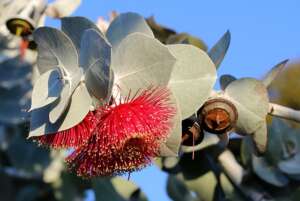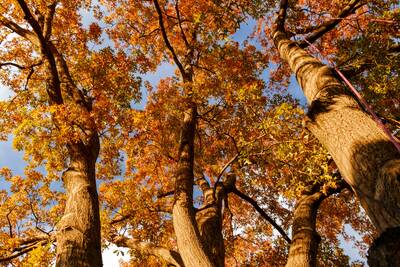How Do Trees Help The Environment?
Trees are essential to life on planet Earth, and with the environmental issues more pressing than ever, awareness of this is becoming more widespread. But what exactly is it that trees do for us?
The answer spans a number of different levels, from local-scale benefits to global management of carbon emissions. Read on to find out more about this fascinating and important subject.

Local eco benefits
When positioned appropriately, trees can have numerous direct benefits for the environment at the local level. For example, they may:
- Create shade for smaller plants adapted to being in an understory
- Provide shelter, habitat and food for birds, bats, beneficial insects and other native wildlife
- Deliver nutrients to the surrounding soil via fallen leaves, bark, animal droppings and other organic matter
- Help maintain soil stability and reduce erosion
- Provide a growing medium for symbiotic fungi, lichens, mosses and other organisms that benefit the soil and wider ecosystem
- Supplementing at-home food production, reducing food miles and reliance on farmland.
Trees and carbon emissions
There is significant evidence to suggest that trees may be critical to combatting climate change, due to their action of pulling carbon dioxide from the atmosphere. This is known as carbon sequestration.

So, how do trees help the earth through this mechanism? By storing CO2 throughout their lifespans, trees help mitigate excess carbon emissions that are believed to be the primary cause of climate change. For more on this topic, read our article here.
Further, research suggests that soils found in established forests, like trees, have the capacity to store large amounts of carbon. This can be traced back to trees, which contribute to soil formation by ensuring a continuous supply of organic matter to the soil – for example, leaves and animal droppings.
Healthy soil feeds back into the health of the surrounding ecosystem. One result of this is the growth of larger, longer lived trees that deliver even more nutrients back to the soil, as well as sequestering more carbon.
Top trees to plant for eco benefits in the garden
Eucalypts
Tall-growing varieties such as Eucalyptus Gunnii and Eucalyptus Stricklandii are great for providing habitat, shelter and food to local wildlife in your area. These can grow 10+ metres tall, so suitable positioning is essential.

Oaks
Oak trees such as Scarlet Oak are considered to sequester significant amounts of carbon. This is attributed to factors such as their size, canopy and dense wood structure. Again, plenty of space is needed as they can grow up to 12 metres high.

Mulberry trees
Mulberry trees, including Black Mulberry, are a moderately large tree that provides the local benefits of shade and fruit production. They are also theorised to have a number of potential applications in ecorestoration of degraded or polluted soils.

Plant a tree today!
As a gardener, you hardly need us to tell you the immense benefits that trees bring to a landscape – their value is self-evident. Still, it doesn’t hurt to know that planting a tree is giving nature a positive boost.
If you got the space, why not get started on growing a healthier environment?
Garden Express has a huge range of trees to choose from, including natives and edible produce trees.







Comments are closed.